Text

Veil nebula
#astronomy#astro community#astrophotography#science#cosmos#photography#space#solar system#outer space#nebula#hubble space telescope#nasa photos#nasa
24 notes
·
View notes
Text
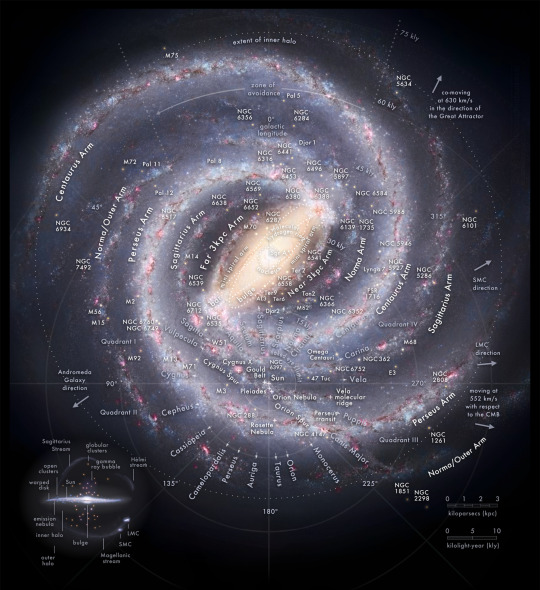
The Milky Way Map
Map of the Milky Way Galaxy with the constellations that cross the galactic plane in each direction and the known most prominent components annotated including main arms, spurs, bar, nucleus/bulge, and notable nebulae.
#astronomy#astro community#astrophotography#science#cosmos#space#solar system#photography#outer space#nebula#milky way#maps
39 notes
·
View notes
Text

NGC 602
#astronomy#astro community#astrophotography#science#cosmos#photography#space#outer space#nebula#james webb space telescope
57 notes
·
View notes
Text
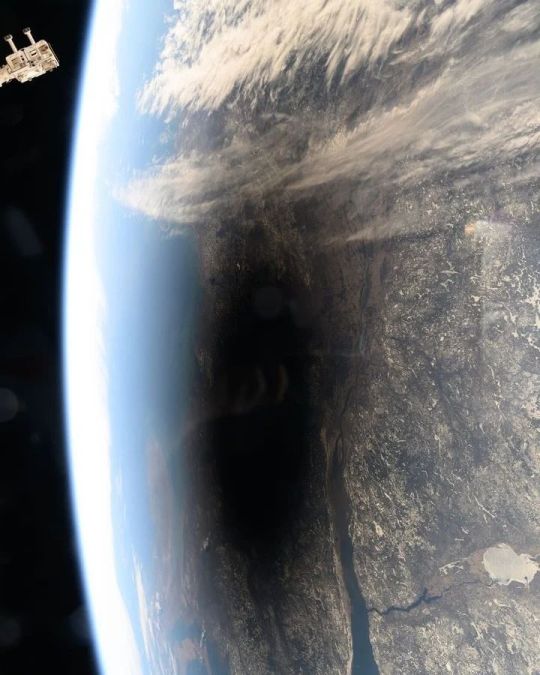
Space view of moon's shadow on earth during eclipse
#astronomy#astro community#astrophotography#science#cosmos#photography#space#solar system#2024 solar eclipse#solar eclipse
385 notes
·
View notes
Text

Galactic wreckage in Stephan's quintet
#astronomy#astro community#astrophotography#science#cosmos#photography#space#outer space#galaxies#galaxy cluster#nasa jpl#nasa photos#hubble space telescope
63 notes
·
View notes
Text
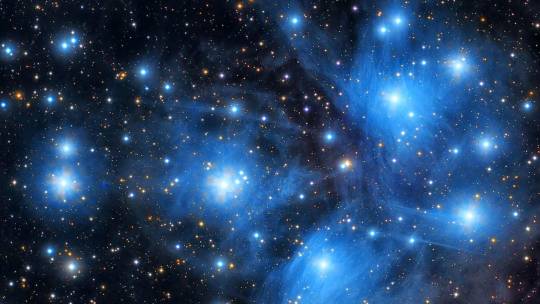
M45: The Pleiades star cluster
#astronomy#astro community#astrophotography#science#cosmos#photography#space#solar system#outer space#pleiades#ngc#stars#seven sisters
64 notes
·
View notes
Text

Earth as seen through Saturn's ring(Cassini)
#cassini#earth#saturn#astronomy#astro community#astrophotography#science#cosmos#photography#space#solar system#nasa jpl#nasa#nasa photos
84 notes
·
View notes
Text
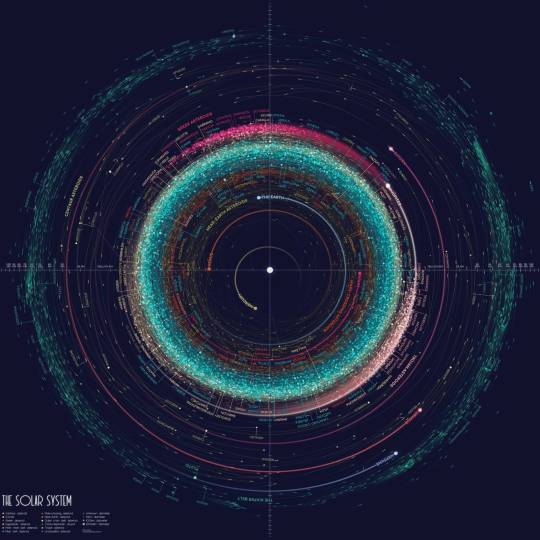
Orbital map depicting each and every celestial body in our solar system
406 notes
·
View notes
Text

Saturn from hubble telescope
#astronomy#astro community#astrophotography#science#photography#cosmos#space#solar system#hubble space telescope#edwin hubble#saturn
98 notes
·
View notes
Text

Possible lava flow on Mars seen by curiosity rover on SOL 4137
43 notes
·
View notes
Text
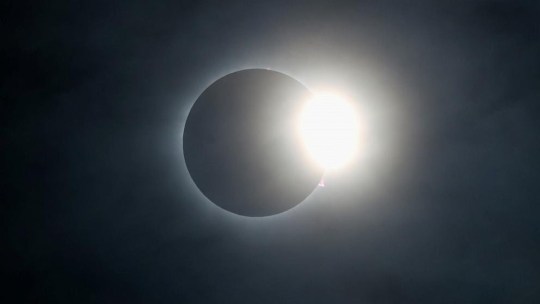

2024 solar eclipse: Diamond ring

Multiple exposures were used in the creation of this digital composite image showing the full evolution of the eclipse on April 8, 2024, in Mazatlan, Mexico.
#solar system#astronomy#astrophotography#astro community#science#photography#space#eclipse#solar eclipse#2024 solar eclipse
275 notes
·
View notes
Text

The Cartwheel Galaxy
#astronomy#astrophotography#astro community#science#photography#cosmos#space#outer space#galaxy#galaxies#james webb space telescope
250 notes
·
View notes
Text

Clusters of Celestial Beauty: A Visual Odyssey Through Star-Studded Realms
#astronomy#astrophotography#astro community#science#photography#cosmos#space#nebula#outer space#galaxy#star cluster
50 notes
·
View notes
Text
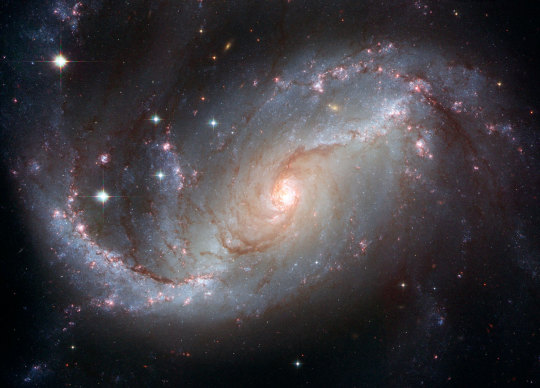
Barred spiral galaxy NGC 1672
#astronomy#astrophotography#astro community#science#photography#cosmos#outer space#space#hubble space telescope#ngc#esa#nasa photos#galaxy#spiral galaxy
32 notes
·
View notes
Text
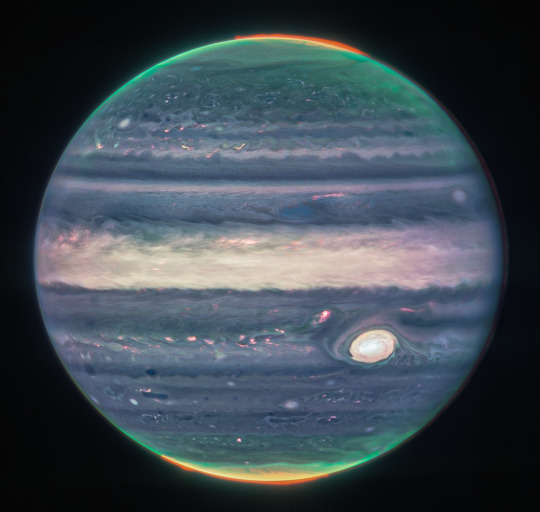
Jupiter in ultraviolet
Auroras and hazes glow in this composite image of Jupiter taken by the James Webb Space Telescope’s Near-Infrared Camera (NIRCam). NIRCam has three specialized infrared filters that showcase details of the planet.
#astronomy#astrophotography#astro community#science#photography#cosmos#solar system#space#jupiter#james webb space telescope#nasa#nasa photos#nasa jpl
81 notes
·
View notes
Text
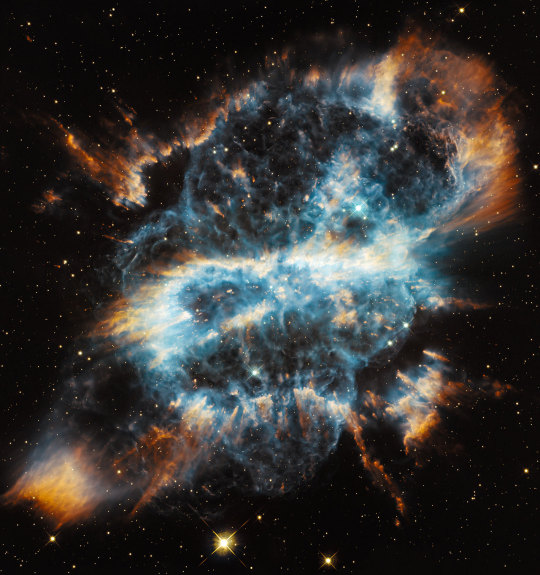
NGC 5189
NGC 5189 is a planetary nebula in the constellation Musca. It was discovered by James Dunlop on 1 July 1826, who catalogued it as Δ252. For many years, well into the 1960s, it was thought to be a bright emission nebula. It was Karl Gordon Henize in 1967 who first described NGC 5189 as quasi-planetary based on its spectral emissions
#astronomy#astrophotography#astro community#science#photography#cosmos#nebula#outer space#space#astrophile
162 notes
·
View notes
Text

Carina Nebula
The Carina Nebula or Eta Carinae Nebula (catalogued as NGC 3372; also known as the Great Carina Nebula) is a large, complex area of bright and dark nebulosity in the constellation Carina, located in the Carina–Sagittarius Arm of the Milky Way galaxy. The nebula is approximately 8,500 light-years (2,600 pc) from Earth
#astronomy#astrophotography#astro community#science#photography#cosmos#nebula#outer space#space#carina nebula#astrophile
23 notes
·
View notes